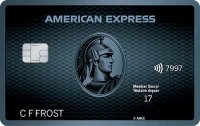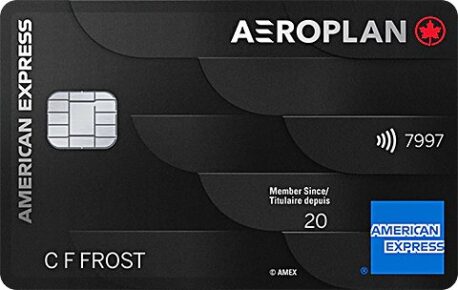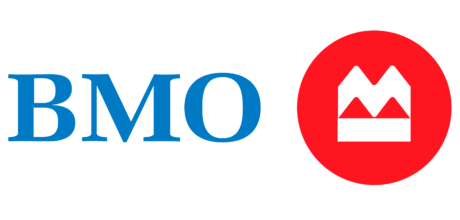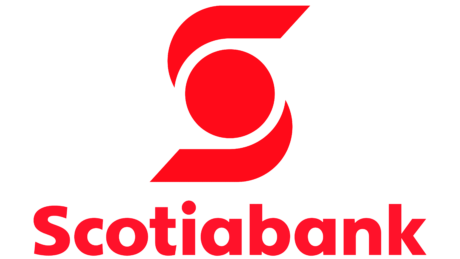When facing an unexpected cash crunch, payday loans are an option that may provide temporary relief — but they are also one of the most expensive consumer loan types in Canada.
Before taking out a payday loan, it’s vital to be aware of how they work, what they cost, and what other short-term borrowing options exist.
How does a payday loan work?
A payday loan is a short-term, high-interest personal loan provided by a private company — either online or at a storefront — rather than a bank or credit union. Payday loans are usually provided for a two-week period, designed to coincide with the traditional employee pay cycle.
Eligibility requirements
When applying for a payday loan, the lender may verify that you have a chequing account, and will require proof of address and of regular income or employment.
Lenders may also confirm that you’re not considering bankruptcy or a consumer proposal, and that you’ve had no or very few non-sufficient fund transactions.
Payday lenders must provide borrowers with an agreement that outlines:
- The amount borrowed.
- Any fees or other charges.
- The payment schedule.
- The length of the loan term and due date.
Payday loan interest rates
All payday lenders will impose different interest rates, subject to the maximum allowed by the province.
In Ontario and B.C., for example, lenders cannot charge borrowers more than $15 per $100 borrowed.
The max amount is $17 per $100 in Manitoba and Nova Scotia.
When your payday loan is approved, the lender will either give you cash or deposit the funds directly into your bank account.
You’ll be required to provide the lender with either a post-dated cheque or chequing account information to enable a pre-authorized withdrawal of the full loan amount, as well as any fees, on the agreed-upon due date.
Nerd tip: All provinces have cooling off periods of either one or two business days during which the borrower is able to cancel the payday loan.
In most cases, you’ll have up to 62 days to pay back the loan before additional charges apply, including interest on the outstanding amount owed and a fee if a pre-authorized debit didn’t go through.
How much money you can get with a payday loan?
In Canada, payday loans cannot be more than $1,500. As of 2018, payday loan lenders in Ontario are not permitted to loan more than 50% of an individual’s net income per loan. The same rule exists in other provinces, including British Columbia.
Pros and cons of payday loans
Pros
- Quick approval: Payday loans are often approved quickly, giving borrowers access to emergency cash to cover expenses. As the Financial Consumer Agency of Canada found in 2016, 89% of payday loans were taken out to either pay for necessary expenses or to avoid late fees on a bill.
- No credit check: Borrowers may also qualify for payday loans without a credit check, making them an option for Canadians who can’t qualify for traditional loans because of a low credit score.
Cons
- High interest rate: Although lenders are not legally permitted to charge interest rates of more than 60% APR in Canada, there is an exception for payday lenders where provinces have regulated payday loans and put consumer protection measures in place. For example, an individual in Ontario borrows $100 and is charged $15. As the term is generally two weeks, this works out to an APR of 391%. The average APR of most credit cards in Canada sits around 20%.
- Additional fees: Lenders may also charge extra fees if a borrower fails to pay back the loan on time or if there aren’t enough funds in their bank account to cover the payment.
Payday loan alternatives
Since the interest rates charged by payday loans are among the highest of any lending option on the market, it is best to proceed with caution. You may want to explore less expensive alternatives before choosing to pursue a payday loan. These may include:
Overdraft protection
For emergency cash flow needs, you may be able to add overdraft protection to your chequing account with your financial institution, which will allow you to carry a negative balance for a short term. Charges on overdrawn accounts vary from a flat fee per month, to a per-use charge, plus interest on the amount overdrawn.
Line of credit
You may be eligible to apply for an unsecured line of credit through your financial institution. An unsecured line of credit doesn’t require collateral and its variable interest rate will move in conjunction with the bank’s prime lending rate, typically lower than credit card interest rates.
Credit card cash advance
If you have a credit card, consider whether the option of taking out a cash advance to cover an emergency expense makes sense for your situation. When you withdraw money from your credit card via a cash advance, you will be charged a fee and an APR that is higher than your credit card APR, but it may be lower than the annual interest you’ll pay to take out a payday loan.
Frequently asked questions about payday loans
No. Before applying for a new payday loan with the same or another lender, you will have to clear or pay off the first loan and wait 24 hours.
Yes. If payday loan debt has become unmanageable, debt consolidation loans may allow borrowers to consolidate payday loans and other debt at a lower interest rate.

Can I Get a Personal Loan with Bad Credit?
Personal loans for bad credit are typically offered by alternative lenders, and have higher interest rates and additional fees.

Cash Advance vs Personal Loan: How to Choose
A cash advance is a short-term financing option with very high interest rates, while a personal loan is a longer-term financing option with lower rates.

Personal Loan Calculator
Use this personal loan calculator to compare the monthly and total cost of two personal loans, side by side. Just enter the loan amount, term and interest rate.

8 Do’s and Don’ts of Personal Loan Repayment
Your personal loan repayment strategy will be unique to your loan terms and financial situation. Here’s what to keep in mind before you apply.






